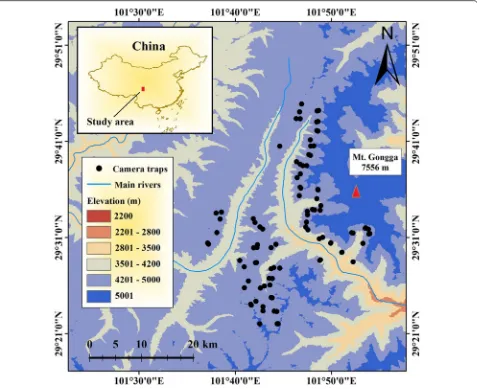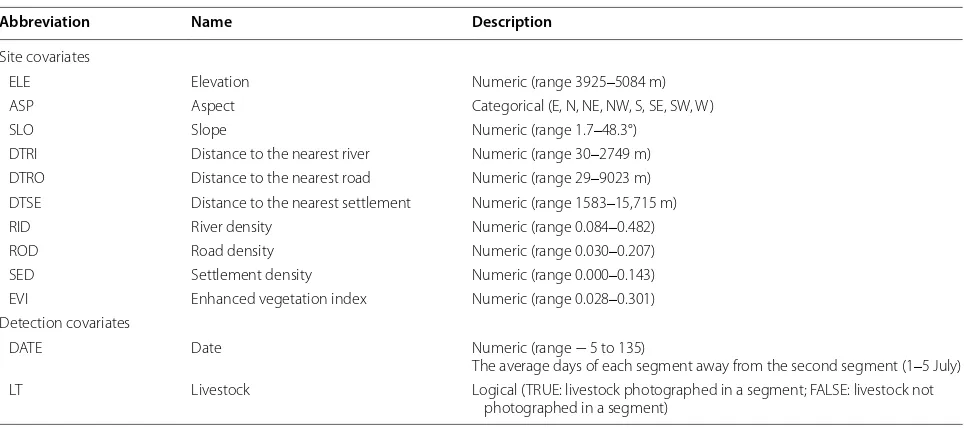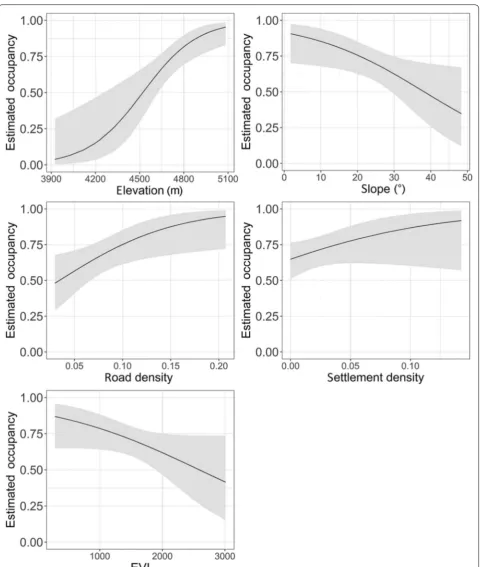Habitat use and diel activity pattern of the Tibetan Snowcock (Tetraogallus tibetanus): a case study using camera traps for surveying high-elevation bird species
Full text
Figure




Related documents
In het veerkrachtproject zijn significante relaties gevonden tussen de heterogeniteit van het landschap en het voorkomen van eigenschappen die gerelateerd zijn aan een
Jump3 is based on a formal on/off model of gene expression but uses a non-parametric procedure based on decision trees (called ‘jump trees’) to reconstruct the GRN topology,
Monitoring Manager Master Node Agent Daemon SFP Object Ruby Object Shell Commands Resource Ruby API Component Client Node Agent Daemon SFP Object Ruby Object Shell
Successful TILLING not only depends on the popula- tion size and the mutation frequency, the method used to identify specific mutations in the population is equally important.. This
training questions included the following: identifying appropriate sources of data and information to assess the health of a community; collecting valid data for use in decision
Luvussa kolme on tutustuttu strategiseen henkilöstövoimavarojen johtamiseen. SHRM:ää on käsitelty käsitteiden, strategisen henkilöstövoimavarojen johtamisen
They also often provide invaluable support for the family (e.g. caring for the sick child and/or siblings). Multigenerational family functioning may therefore change. Limited
This paper utilises a large nationally representative household survey of unusual scope and richness from Indonesia to analyse how the receipt of educational transfers,
